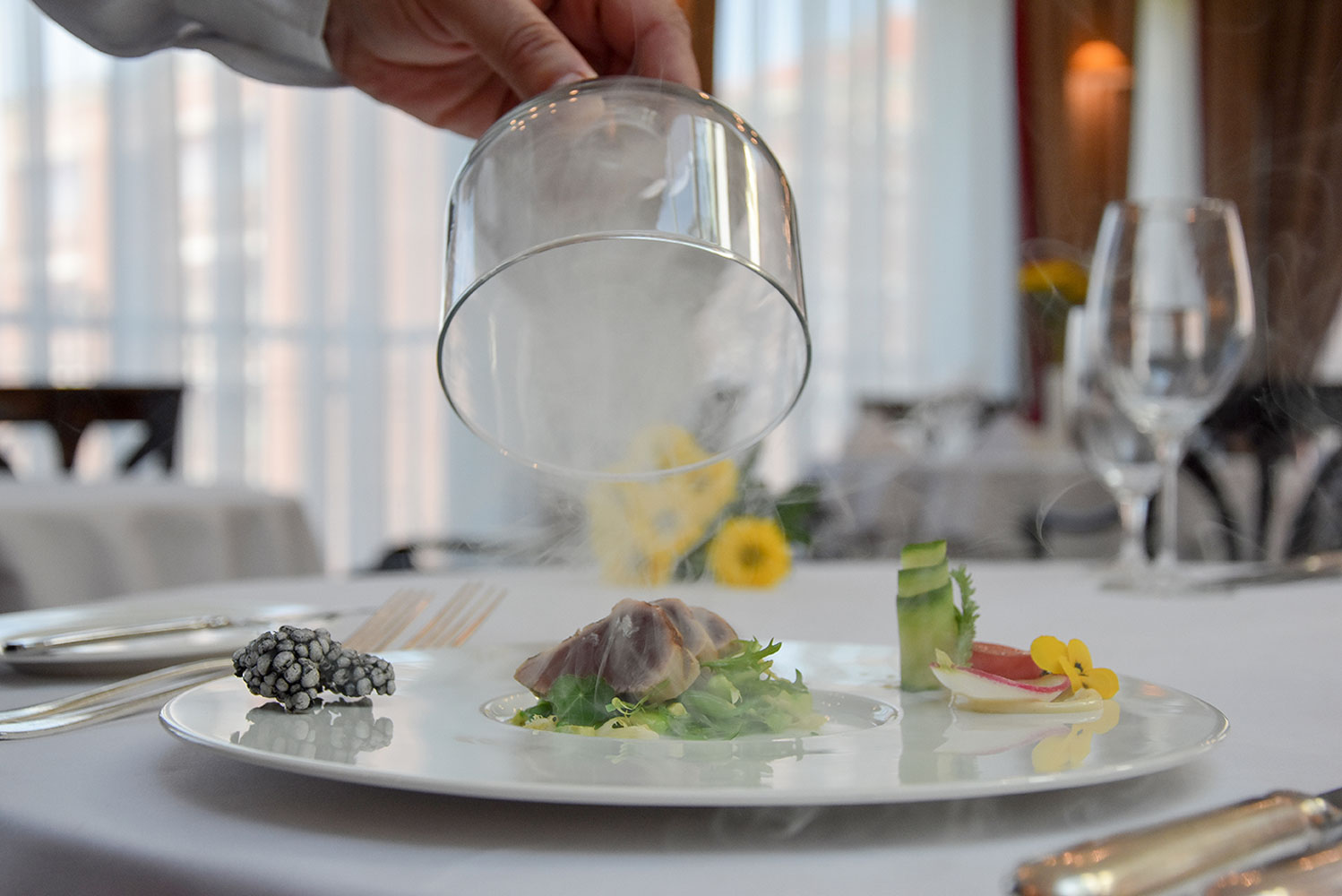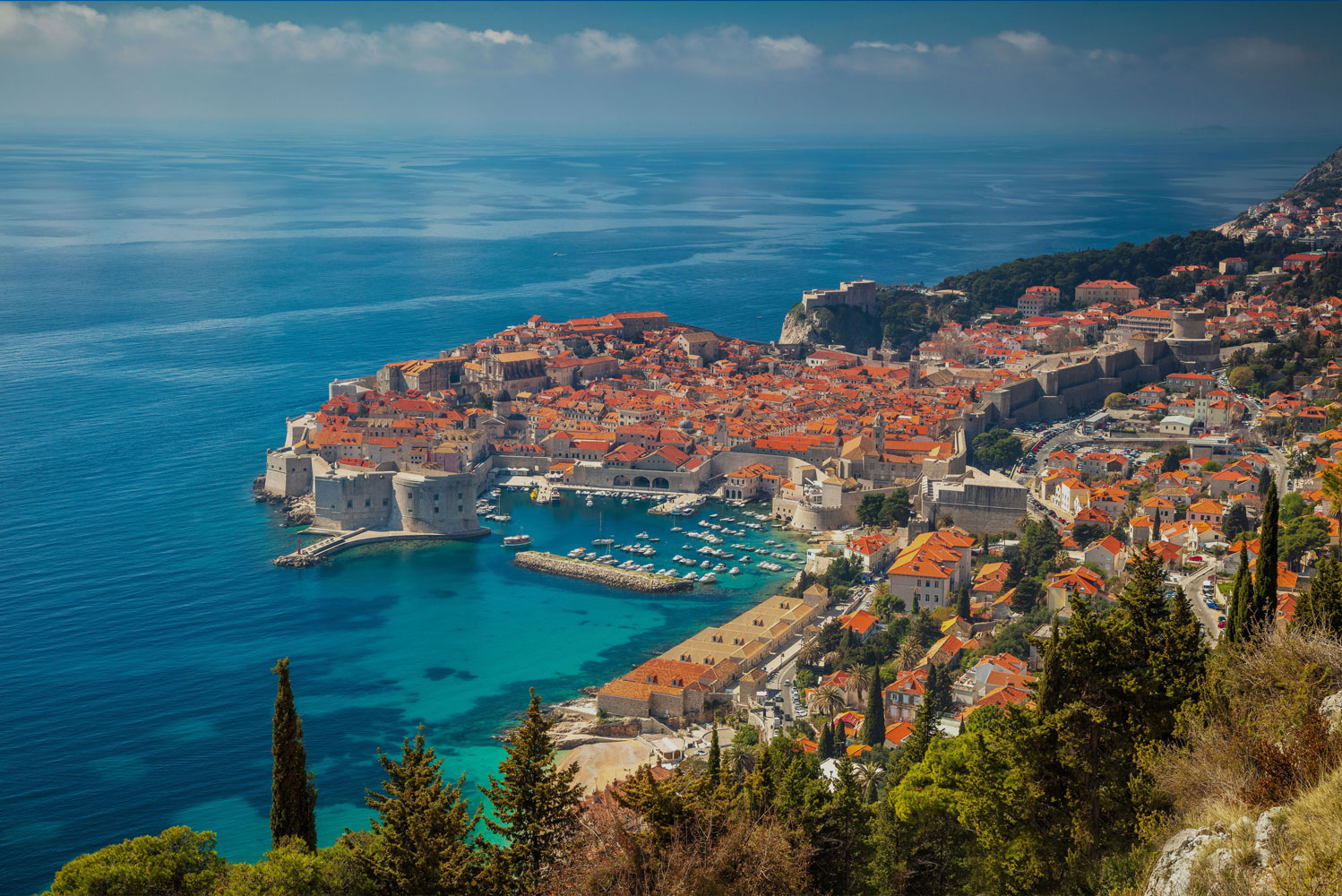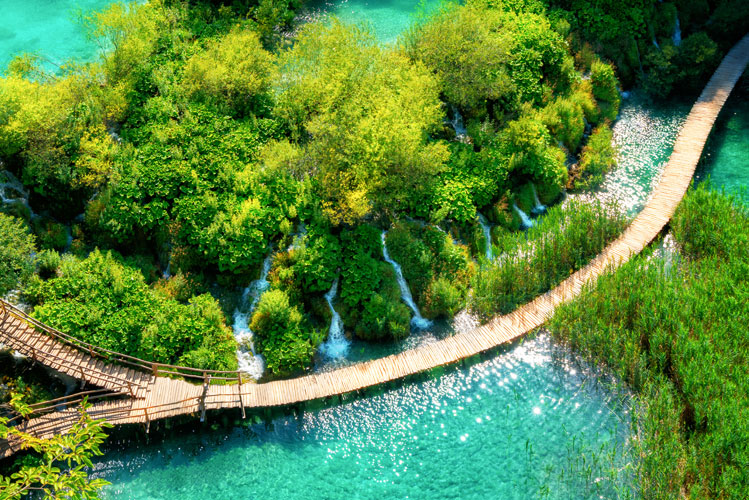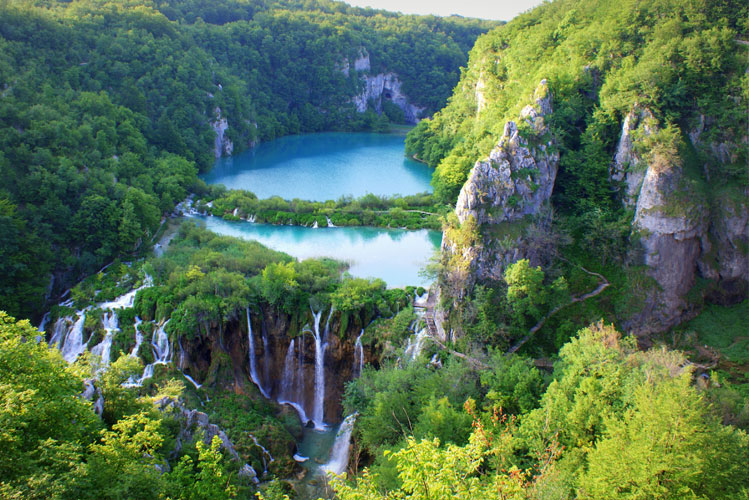Best Historical places not to miss in Croatia
by Welcome Center Croatia | Last updated Mar 2, 2022 | Published on Mar 2, 2022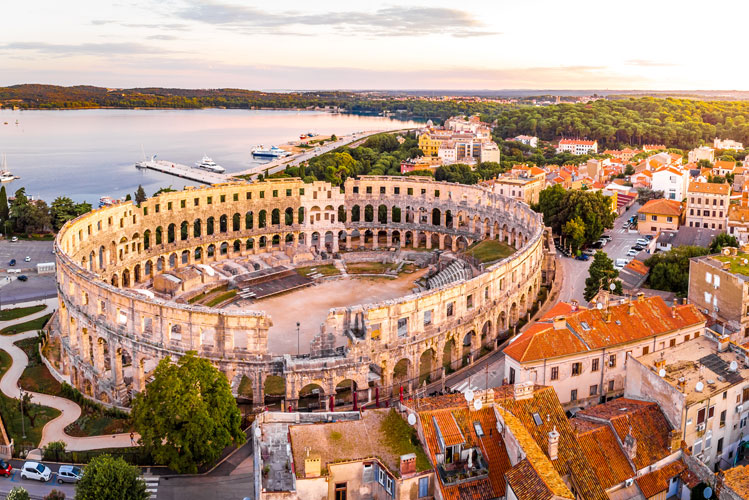
6 Best Historical Places To Visit in Croatia
The best historic locations in Croatia range from the medieval city of Dubrovnik to the Great Wall of Croatia, as it is well known. As a visitor here you'll find what you're searching for in our handpicked places below, including breathtaking vistas of the Adriatic and wonderful anecdotes about Croatia's interesting past. These are places you will never want to miss when you visit Croatia. They include; Pula Arena, Lokrum Monastery, Zadar Roman Forum, Minčeta Tower, Fort Lovrijenac, and St John Fort Dubrovnik.
1. Pula Arena
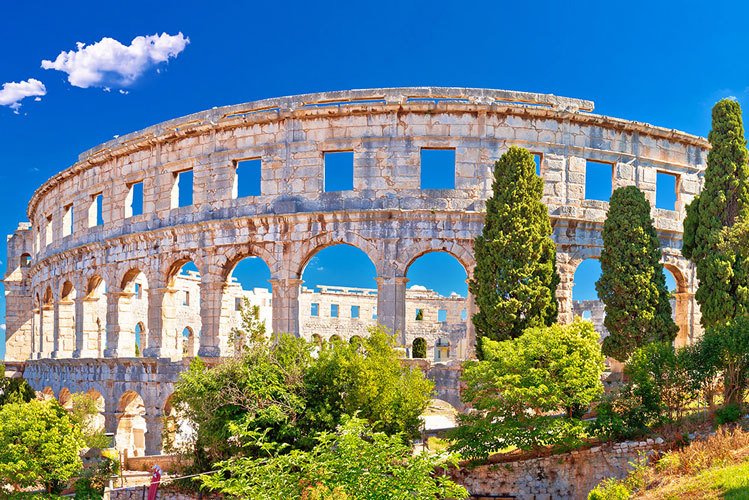
Pula Arena was built in the first century AD under the reign of Emperor Vespasian, who was also accountable for the construction of the Colosseum. Pula Amphitheatre, or just Pula, is a magnificent old Roman amphitheatre in the Croatian city of Pula.
The place is now a national monument of Croatia and is portrayed on the country's ten-kuna banknote, showing how important this place is. With a capacity of 20,000 spectators, Pula Arena would have hosted gladiatorial conflicts under the Romans and knightly tournaments during the Middle Ages.
With all four side towers intact, this Amphitheatre is the only one of its sort still standing. On-site ice hockey games have also taken place. It's also a stop by for an opera, a film festival, or a concert featuring the Foo Fighters, Elton John, or Leonard Cohen, among others. Alternatively, you can simply walk around this massive ancient site and picture what life was like two millennia ago.
2. Lokrum Monastery

Lokrum Monastery is an Island roughly a ten-minute ride using a boat from the city of Dubrovnik. The place is a French fort and a Benedictine Monastery for historic and scenic visits where you can see beautiful wildlife such as peacocks and rabbits.
When you visit Lokrum Monastery Complex, there are remains that you will see in three categories, i.e., Romanesque-Gothic 12-13th century basilica, which is the most ancient remains. Another one that was constructed to the south of the old Romanesque structure is the Gothic-Renaissance 15-16th century monastery and cloister garden. Lastly, visitors may see a spectacular mix of neo-Romanesque, neo-Gothic, and neo-Renaissance architecture at Maximilian of Habsburg's 19th-century summer palace and gardens.
The neighboring Fort Royal, which was constructed by the French after conquering Dubrovnik in 1806, and greatly expanded by the Austrian army in the 1830s, is well worth seeing.
3. Zadar Roman Forum
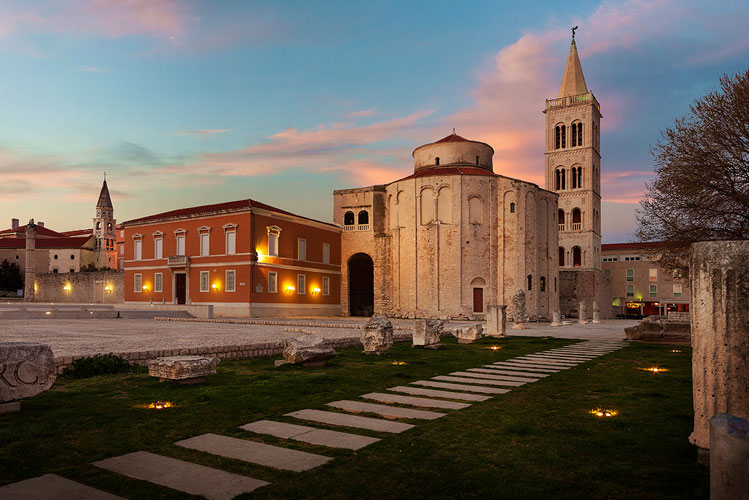
Zadar, on the Adriatic Sea, is Croatia's oldest continuously inhabited city. The Zadar Roman Forum was constructed between the 1st and 3rd centuries AD and would have served as the center of daily activity in Roman Zadar.
The buildings surrounding the Zadar Forum were leveled by a devastating earthquake in the sixth century. A Renaissance cistern was built in the medieval square during the course of history.
Only the original walkway and stairs of the temple in the forum and two massive columns, one of which is still in its original location, exist today, after more than 2000 years. This column is supposed to be a shame pillar, with holes for chains, symbolizing the forum's social importance as a place of justice.
The Zadar Roman Forum, an outstanding example of its kind, is still home to various monuments and offers a beautiful glimpse of the famed St. Donatus Church. The location is still used for social gatherings, such as concerts, films, and other events of remembrance.
4. Minčeta Tower
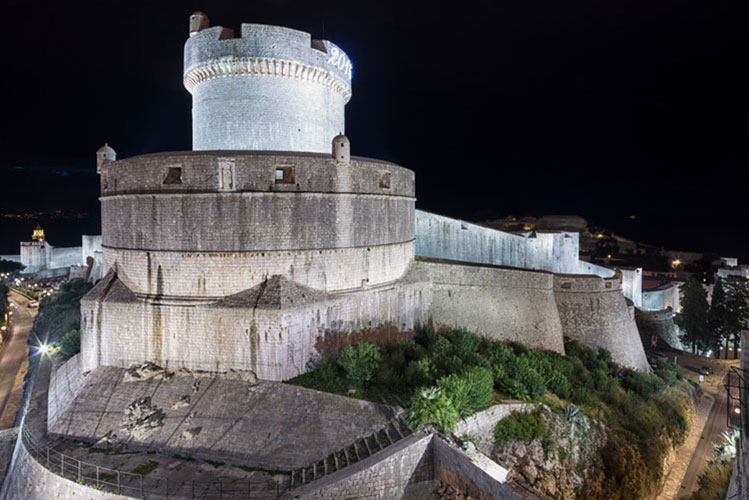
The Minčeta Tower, like the Eiffel Tower in Paris, is a well-known symbol of Dubrovnik. The Minčeta Tower is a massive round fort occupying the north-western sector of Dubrovnik that was built in the early 1460s as part of Dubrovnik's fortifications during the height of the Turkish menace. It became the emblem of 'the unconquerable city of Dubrovnik.'
The Micneta Tower appears as a famous film location in Game of Thrones as the House of Undying in Qarth, as the fans of this drama series can realize where Daenerys Targaryen seeks for her stolen dragons.
Even though with the 750 steep, the winding steps to the top are a task for even the toughest cultural visitor, as you reach the top of Minčeta Tower and see the spectacular views of Dubrovnik's old town on one side and out into the Adriatic Sea on the other, you'll know the climb was well worth it. Also, the museum in the basement is also open to the public.
During the hot season, a new flag is flown next to it, the Libertas flag, which has the slogan and symbol of the previous Dubrovnik Republic, with the Latin word Libertas meaning 'freedom.'
5. Fort Lovrijenac
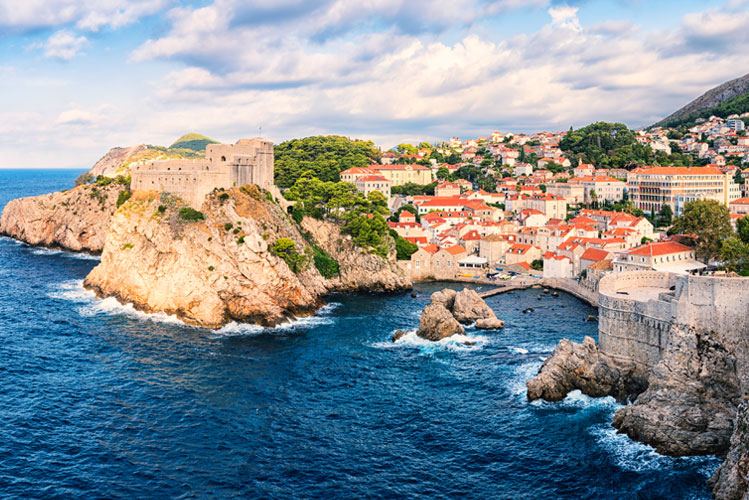
Fort Lovrijenac is a magnificent and towering cliff-top fort situated outside the medieval city walls of Dubrovnik. It guards the western entry to the city from the Adriatic Sea, making it one of Dubrovnik's most spectacular structures.
Game of Thrones drama series fans will recognize this place as the Red Keep in King's Landing, the Seven Kingdoms' capital. The tournament held in honor of King Joffrey's name day in the second series was filmed here.
The parapets that formerly served to defend the city have been turned into some of Europe's most prestigious theatre stages, famous for staging Shakespeare's play 'Hamlet.' The stronghold can be visited in conjunction with a ticket to the city walls. The views from the summit are spectacular and should not be among the things you as a visitor should miss.
6. St. John Fort Dubrovnik
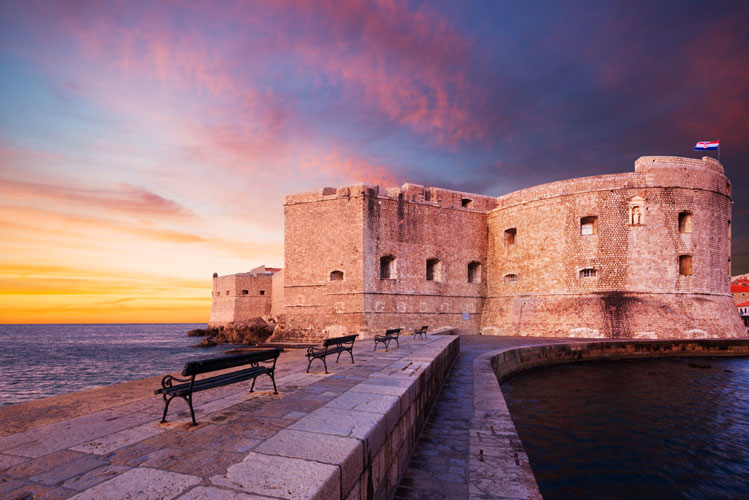
The main building is from the 16th century, while the towers date from the 14th century. The Maritime Museum, the Pulitika studio, and an aquarium are now housed in the fort. If you're on a visit to Croatia and you're looking for the most spectacular medieval defenses, Dubrovnik's St John Fort (Sveti Ivan) is one of them.
This maritime museum, housed in the vaulted chambers of St John Fort, depicts the history of navigation in Dubrovnik through maritime objects, ship models, and paintings. A small cavelike area within the fort houses the former workshop of painter Đuro Pulitika. Pulitika's work is displayed here, while the larger front room frequently holds local artist exhibitions.
The Adriatic Sea's vegetation and biodiversity are shown in this little aquarium. On top of running the aquarium, The Institute for Marine and Coastal Research at the University of Dubrovnik also functions as a rehabilitation facility for wounded turtles.


